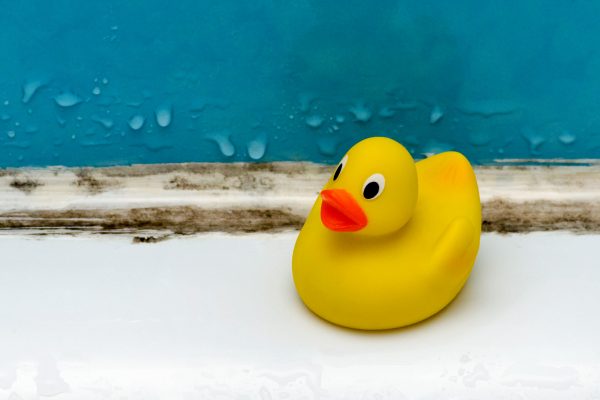Liquid Water
Bulk or liquid water can cause the most damage to building materials and contents. Managing water entry points through the building envelope, by regular inspection and maintenance of the roof, and penetrations in the wall such as caulking around windows and doors is critical to minimize water intrusion. Cracks in basement walls and grading around the building will impact water migrating into the basement. Water leaks are the internal source of bulk water and all plumbing should be inspected for leaks periodically to ensure faucets are secure, caulking is in good condition around tubs, and toilets are secure to the floor. These strategies will reduce the potential for bulk water to impact the home. Consider how snow may be piled in winter in cold climates, and in hot dry climates, where the heavy short rains may run off as well, when inspecting in different seasons.
You can download this fact sheet by clicking here.
Water Vapour
Water vapour can also severely damage a home, typically over a longer time frame. Kitchen and bathroom fans should be operational, used, and exhausting to the outside through properly installed hard, insulated ductwork. Both require regular cleaning for maximum effectiveness. Purchasing the quietest fans possible helps ensure that family members will use them. Hard wiring with a humidistat in the bathroom helps maximize its value and effectiveness.
Managing Moisture
Keeping basements and crawlspaces dry, especially ones with exposed soils help reduce the vapour drive from the soil in to the house. This can be done with concrete, or vapour barrier over the soils and the installation of a sump pit and sump pump to lower the water table to help keep the soils dry. Running a dehumidifier in the basement or crawlspace will reduce the overall dampness typically felt in summer in those spaces. Removing and reducing materials in these spaces that can store moisture like carpets and cardboard boxes reduces the dampness and the potential for mould growth. Raised floors are not recommended as they can hide liquid water under the raised floor causing severe damage.
When adding moisture to a home, such as with a humidifier, point source units are more effective than attaching one to a furnace in winter. Point source humidifiers are typically too much moisture for a single bedroom with the door closed, and could cause moisture damage. Consider putting humidifiers in a hallway with the bedroom doors open to help moisten the air when sleeping.
(Moisture is defined as the amount of water vapor in the air. The moisture content of the air should be managed to help the body in regulating its core temperature efficiently and with ease. Otherwise, the body will be forced to work hard in achieving the ideal core temperature. Reference 1)
Water Loss Events
When catastrophic events such as flooding does occur, it is important to act quickly to remove the source of the water, then remove the bulk water present in the home. The next step is to provide dry air with a lot of air movement and to exhaust the wet air at the same time. Where there are areas that are wet and cannot be reached, they need to be opened up at this point, and then remove the materials that cannot effectively be dried or are too damaged. By focusing on these steps, water damage and mould growth can be dramatically minimized.
Want to learn more on this issue? Click the comprehensive online course, here below.
References:
(Reference 1) Moisture Content – Definition and Examples – Biology Online Dictionary. Biology Articles, Tutorials & Dictionary Online.


